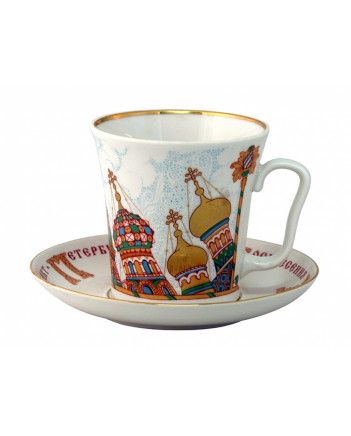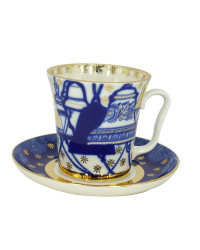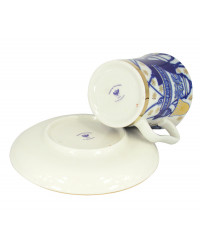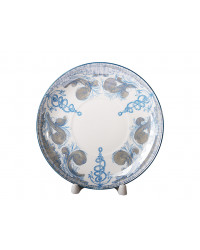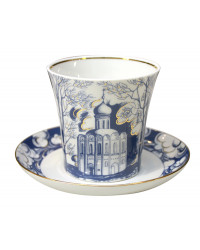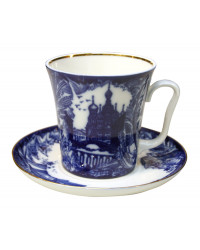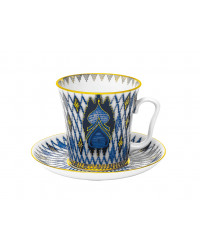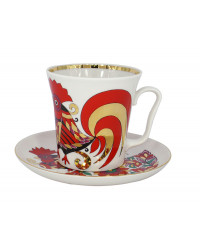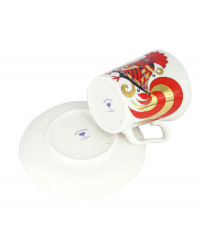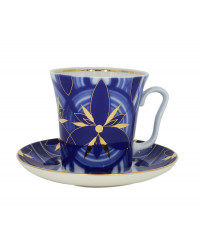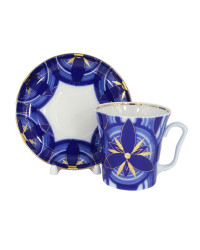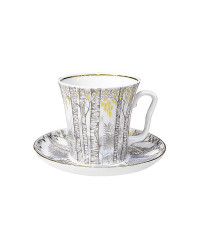Not only Russians, but also residents of other Slavic countries donated money for the construction of the church. On the walls of the bell tower, there are more than a hundred mosaic coats of arms of cities and towns, provinces and counties that participated in fundraising. Here is also the coat of arms of the House of Romanov.
The bell tower cross is crowned with a gilded royal crown - a sign that the greatest contribution was made by the members of the imperial family. A total of 4.6 million rubles were spent on the construction.
The cathedral differs from other buildings in St. Petersburg by its architecture. There is more than 7,500 square meters of mosaic inside, which, according to the restorers who worked on it, is more than in any other cathedral in the world. Its walls and ceilings are entirely and elaborately covered with mosaics, mostly depicting biblical events and personalities, imageshave very fine patterned borders that clearly separate them from each other. This mosaic interior was created by artists V. Vasnetsov, M. Nesterov and A. Ryabushkin
For the decoration of the church domes, copper details covered with colored, durable and frost-resistant enamel (an area of 1000 square meters) were used. The height of the highest dome is 81 m. Along the entire perimeter of the building, there are 20 granite boards on which the deeds of Alexander II are described in gilded letters. From the side of the Mikhailovsky Garden, the church is surrounded by a lacy cast-iron fence with a floral pattern, made according to A. Parland's design.
After the revolution, the cathedral of the Savior on the Spilled Blood was closed and was not renovated for a long time. There even were rumors that it was decided to demolish it. But in 1970, it became a part of the State Memorial Museum «St. Isaac's Cathedral», which allocated 80% of its funds for restoration. In 1997, the Savior on the Spilled Blood opened its doors to visitors as a museum that contains a huge collection of mosaic icons (over 7 thousand square meters).


